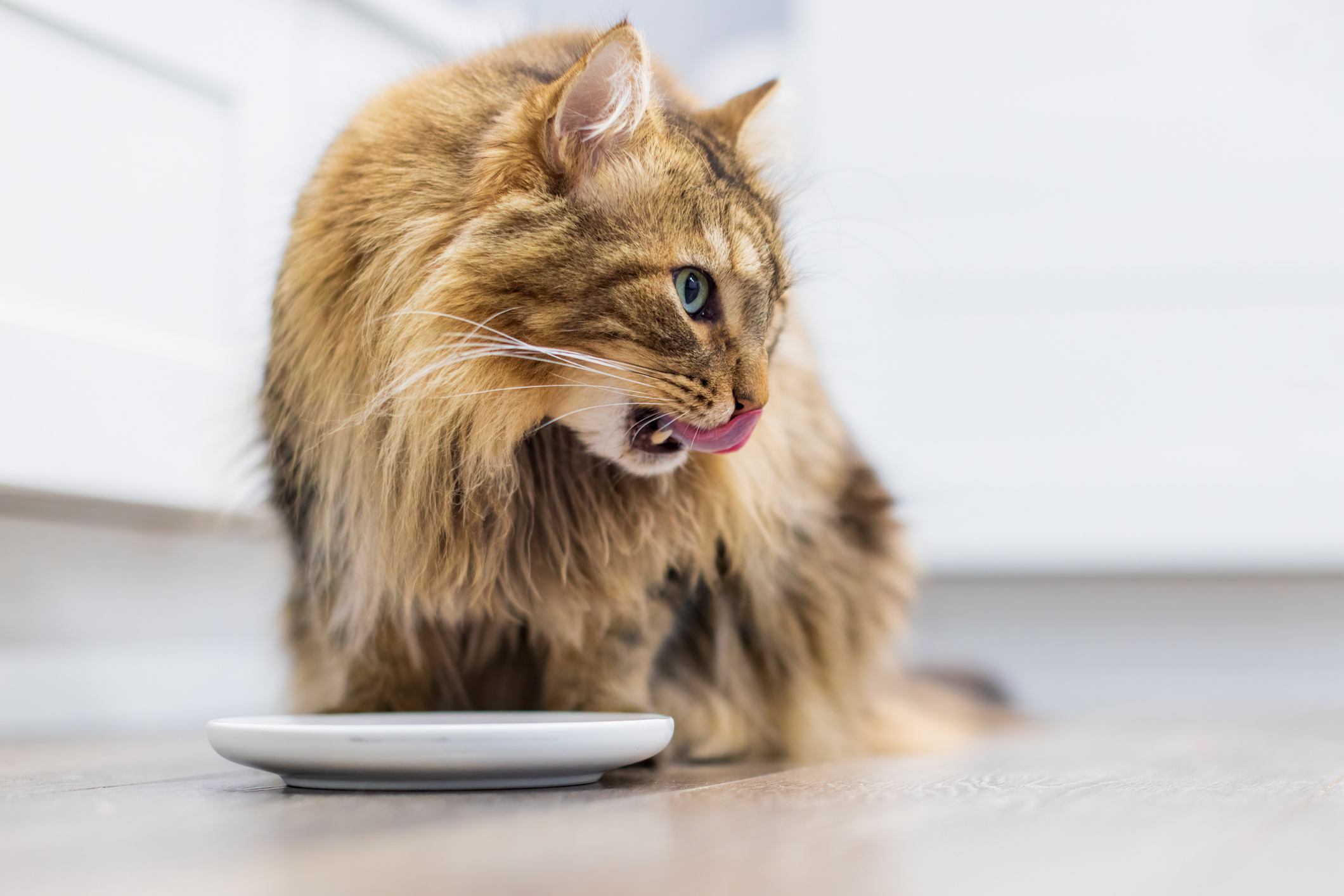
Save 35% with AutoShipUse code SAVE35 (Up to $20 max. Exclusions apply)

SAVE AN EXTRA $5 - $20 OFFUse code PETS in cart (Exclusions apply)

While efforts are made to answer all questions as quickly as possible, if an immediate answer is required or if your pet is in need of urgent or emergency care, contact your pet's veterinarian immediately.

You will receive an answer from Dr. Lindsay and our vet/tech team as soon as possible, usually the same day.
All answers are provided for informational or educational purposes only, and are intended to be a supplement to, and not a substitute for, the expertise and professional judgment of your pet's veterinarian.
It may be necessary to consult your pet's veterinarian regarding the applicability of any opinions or recommendations with respect to your pet's symptoms or medical condition.
Close
An error has occurred, please reload the page and try again.
CloseWhile efforts are made to answer all questions as quickly as possible, if an immediate answer is required or if your pet is in need of urgent or emergency care, contact your pet's veterinarian immediately.
There is no answer related to your question

Is your cat hacking up hairballs on a regular basis? This stomach-turning problem not only leaves messes around your home, but puts your cat at risk for a serious gastric obstruction.
Fortunately, hairball control cat food can reduce or even eliminate hairball production so your cat can feel happier and healthier. Learn how hairball control cat food works and how to choose the best formula for your cat.
Occasional hairballs are, to some extent, a normal part of being a cat. As your cat grooms themselves, the backwards-facing spines on the surface of their tongue pull loose fur into their mouth and throat.
Cats that are prone to hairballs tend to have a long coat. Or, they may shed more than usual, or overgroom in response to itching, skin irritation, or anxiety.
Normally, small amounts of shed fur combine with food particles, passing uneventfully through your cat’s digestive tract. In some cases, though, strands of fur get trapped along the walls of the intestines, snowballing into a hairball over time.
The key component in hairball control cat food is fiber. Most specialty hairball recipes are rich in two types of fiber: insoluble and soluble fiber.
Insoluble fiberis not water soluble, so it remains intact as it passes through your cat’s digestive tract. Along the way, it binds to loose fur trapped in the intestines. It also adds bulk to the stool, stimulating muscular contractions that help speed up digestion. That way, loose fur is carried all the way through the digestive system, ending up in the litterbox.
Soluble fiber draws water into your cat’s digestive tract and also acts as a prebiotic that feeds beneficial bacteria in the gut, making it easier for your cat’s digestive system to break down food. Soluble fiber also forms a gel-like substance that absorbs fat, mucus, and stomach acid, which make up the non-hair portion of hairball.
Hairball control cat food can also contain other ingredients to help fight hairballs in cats.
Omega-3 fatty acids, found in fish and fish oils, support skin and coat health, helping to reduce shedding that contributes to hairball formation.
Live active probiotics help balance your cat’s gut microbiome with beneficial bacteria that helps break down food, improving your cat’s overall digestive health.
High moisture content found in canned hairball control food can aid digestion and reduce hairballs. If possible, feed the canned version or supplement hairball control kibble with canned food or high-moisture topper. Keeping your cat well hydrated is key to ensuring the added fiber can do its job to clear the digestive tract.
Hairball control supplement chews work similarly to hairball control cat foods, with fiber that helps bind to hairballs and move hair through the digestive tract.
Giving a hairball control supplement and food at the same time can result in giving your cat too much dietary fiber. Too much fiber can actually slow down digestion, prevent nutrient absorption, and may cause bloating, gas, and constipation.
While hairball control cat foods are formulated to significantly reduce hairballs, it can take a few weeks to see results.
Along with changing your cat’s food, try other ways to reduce hairballs:
If your cat’s hairball woes worsen or do not improve after a few weeks, see your veterinarian or schedule a televet appointment today. If you notice signs of a gastric obstruction, which can include vomiting, lack of appetite, abdominal pain, and constipation, seek emergency veterinary care.
 Swipe
Swipe